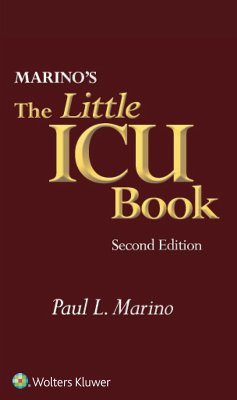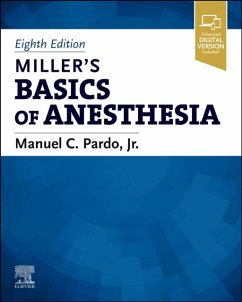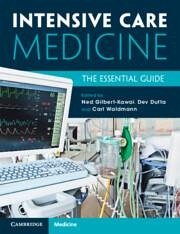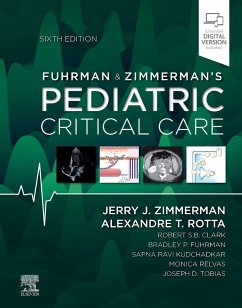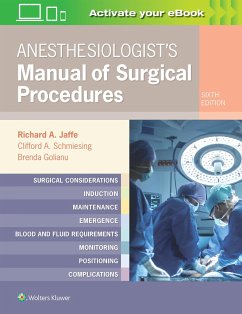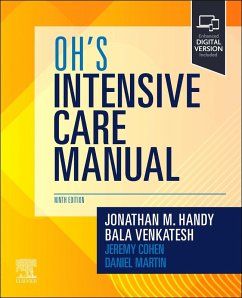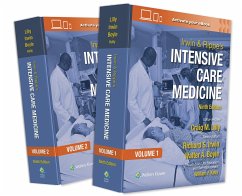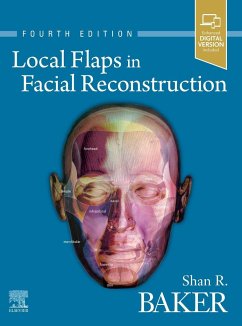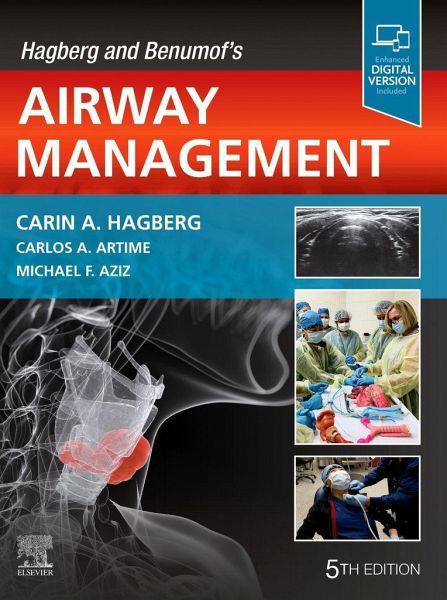
Hagberg and Benumof's Airway Management
Versandkostenfrei!
Sofort lieferbar
148,99 €
inkl. MwSt.

PAYBACK Punkte
74 °P sammeln!
Considered the go-to reference in airway management not only in anesthesia practice but also in emergency medicine and intensive care settings, Hagberg and Benumof's Airway Management ensures that practitioners worldwide are familiar and proficient with the most recent developments in equipment and scientific knowledge in this fast-changing area. Covering all aspects of this fundamental practice, the new 5th Edition facilitates the safe performance of airway management for all airway practitioners, regardless of specialty, using a concise, how-to approach, carefully chosen illustrations, and c...
Considered the go-to reference in airway management not only in anesthesia practice but also in emergency medicine and intensive care settings, Hagberg and Benumof's Airway Management ensures that practitioners worldwide are familiar and proficient with the most recent developments in equipment and scientific knowledge in this fast-changing area. Covering all aspects of this fundamental practice, the new 5th Edition facilitates the safe performance of airway management for all airway practitioners, regardless of specialty, using a concise, how-to approach, carefully chosen illustrations, and case examples and analysis throughout. The only volume of its kind completely dedicated to airway management, this edition features: * Well-illustrated and tightly focused coverage, with anatomical drawings, charts, algorithms, photos, and imaging studies for quick reference-many new to this edition. * Key Points in every chapter, as well as up-to-date information on the latest ASA guidelines. * Two new chapters covering Combination Techniques and Human Factors in Airway Management; all other chapters have been thoroughly revised to reflect current thinking and practice. * A significantly expanded video library, including intubating the COVID-19 patient and new videos on ultrasonography of the airway. * Enhanced eBook version included with purchase. Your enhanced eBook allows you to access all of the text, figures, and references from the book on a variety of devices.



